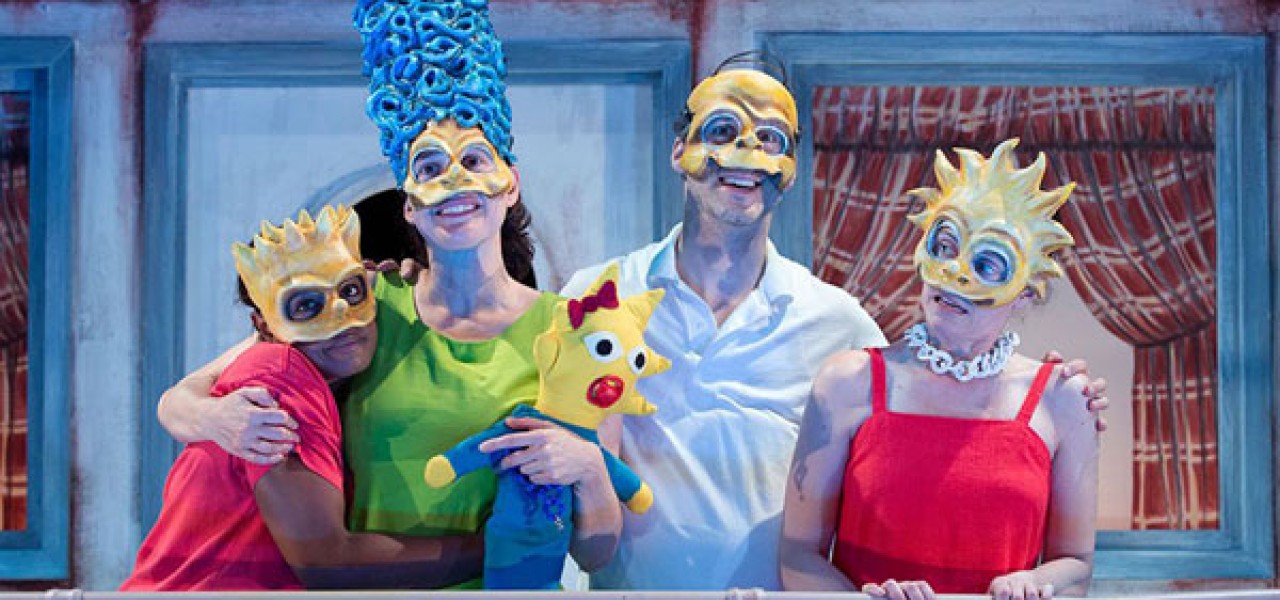
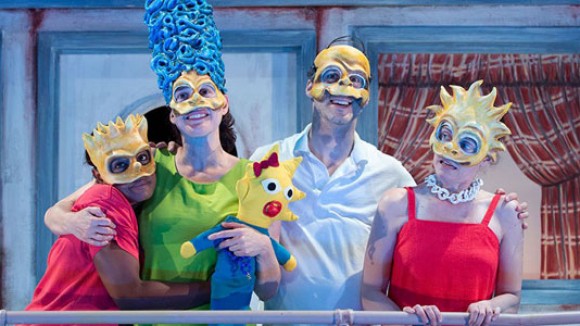
REVIEW: “Mr. Burns, A Post-Electric Play” Pushes The Simpsons Beyond the Apocalypse
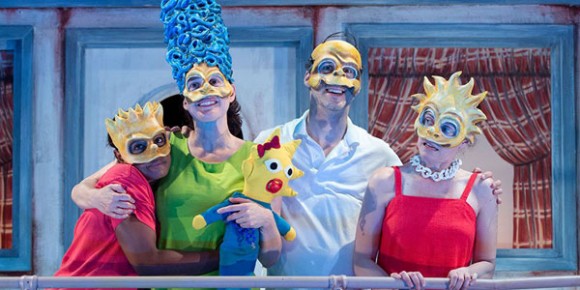 I’m sure it will come as no surprise if we tell you that the 24th season of The Simpsons will not stand the test of time. In fact, if Anne Washburn’s Mr. Burns, A Post-Electric Play, is any indication, not much will be remembered beyond season six.
I’m sure it will come as no surprise if we tell you that the 24th season of The Simpsons will not stand the test of time. In fact, if Anne Washburn’s Mr. Burns, A Post-Electric Play, is any indication, not much will be remembered beyond season six.
In her new play, which was staged last year in Washington by the Woolly Mammoth Theater Company and opened at Playwrights Horizons in New York City earlier this week, storytelling is paramount in our world – post-nuclear holocaust. So much so, that reenacting scenes from the long-running animated series, mostly classic episodes like Bart of Darkness and A Streetcar Named Marge, is not simply entertainment, but a means of survival and coping with the fears of a newer, darker world.
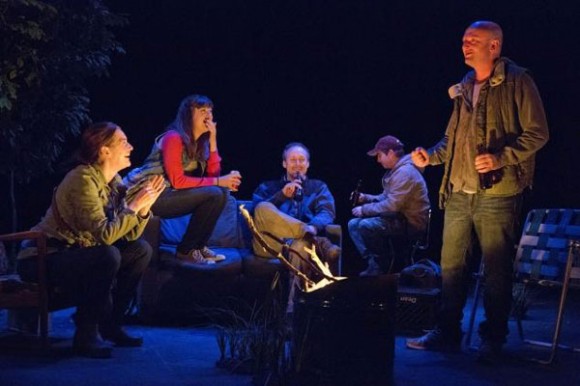
The play opens with a group of friends around a campfire recalling lines from the classic Simpsons episode “Cape Feare,” in which Sideshow Bob gets out of prison and begins stalking the Simpson family with the intent to murder Bart. The episode is a parody of the 1991 Robert DeNiro thriller, Cape Fear, which is itself a remake of a 1962 film. Early in the play, these details are mentioned by the characters, but the Simpsons episode then takes on a life of its own and adopts mythic qualities that transform it into a theatrical tragedy rivaling the work of Hesiod or Euripides.
This first scene, which was, according to Ben Brantley’s glowing review in the New York Times, scripted from early workshops as the actors tried to recall lines from the episode in question, is buoyant and funny. It’s a treasure to any hardcore fan of The Simpsons who will be hard pressed to not want to contribute to the conversation, while at the same time, tense and eerie and barely covering up an unknown horror that exists outside of the proscenium.
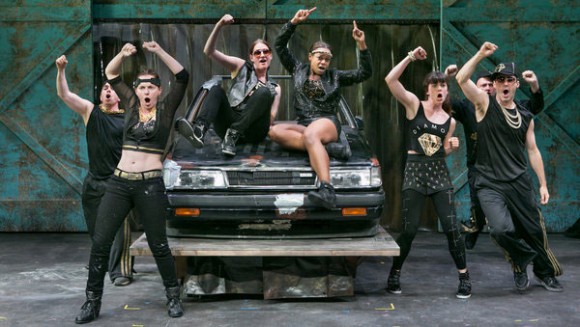
In the second of the show’s three parts, the campfire group evolves to a fledgling theater troupe, perfecting their version of Simpsons episodes for audiences in nearby areas. Their reenactments, honed by bartering with other survivors for their memories of random lines from the lost episodes, now include commercials and choreographed medleys of Top 40s hits. But regardless of how much they use their craft to distract themselves from the continued fear of uncertainty, it always comes back to The Simpsons and more specifically, Cape Feare.
“That single Simpsons episode becomes a treasure-laden bridge, both to the past and into the future,” says Brantley, “And in tracing a story’s hold on the imaginations of different generations, the play is likely to make you think back — way back — to narratives that survive today from millenniums ago. Every age, it seems, has its Homers.”
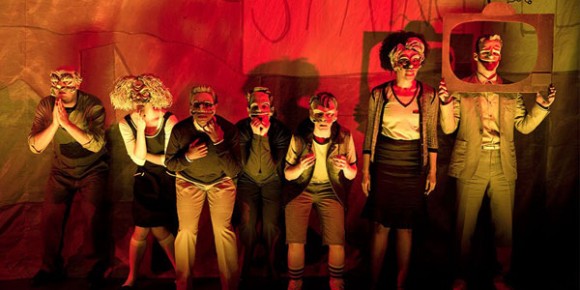
In the last part, the source material has been deconstructed and blended seamlessly with popular references as far apart as Britney Spears and How the Grinch Stole Christmas with Mr. Burns, Springfield’s dark specter of nuclear power, taking center stage as a post-modern Mephistopheles. The result is self-referential theater about a popular television series that deftly manages to dodge the precious, the pretentious and the snarky, high art about low art and the fuzzy line between the two. It’s a clever, compelling embodiment of storytelling as a cornerstone of our society and asking what, in our world, will live on after society falls and we are forced to rebuild.
Mr. Burns, A Post-Electric Play will be staged through October 20 at Playwrights Horizons’ Mainstage Theater. It is written by Anne Washburn, directed by Steve Cosson, with music by Michael Friedman.
(Photos: © Playwright Horizons & The New York Times)
